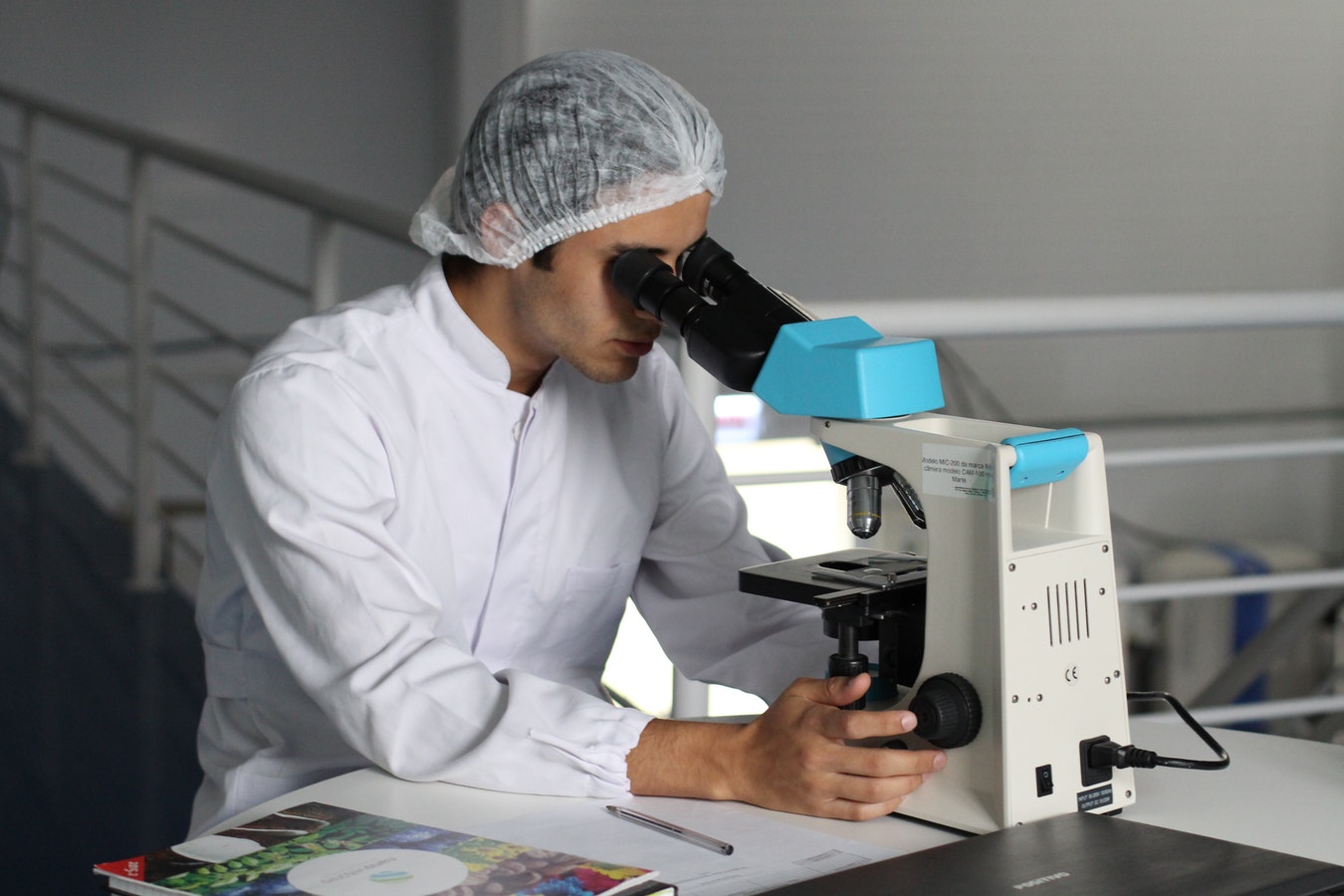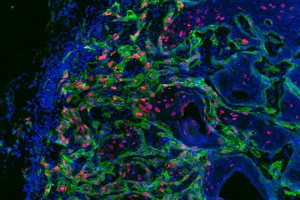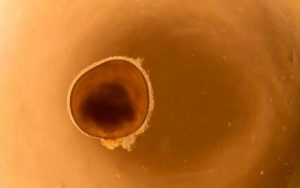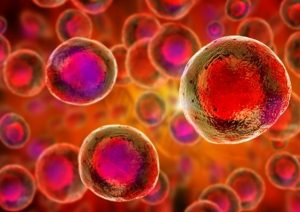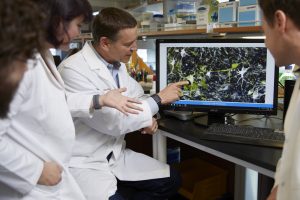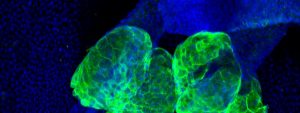Fatty liver disease research set to benefit from stem cell advance
“Scientists have developed a lab-based system for studying the most common type of liver disease, paving the way for research into new therapies. The team has devised a way to probe Non-Alcoholic Fatty Liver Disease, which affects up to one in three people, using cells in a dish. Researchers will be able to use the new tool to investigate the biological mechanisms underlying the disease, in order to develop and test new treatments.
Non-Alcoholic Fatty Liver Disease – or NAFLD – is caused by the accumulation of fat in the liver. The early stages of the disease are usually benign but in some people it can develop to cause serious damage, including cirrhosis and liver failure. The condition, linked to obesity, is the most common cause of liver disease in the developed world but little is known about how it progresses. Scientists at the University of Edinburgh have devised a method to generate liver-like cells in the lab using stem cells. The lab-grown liver cells, called hepatocyte like cells or HLCs, look and behave in a similar way to liver cells taken from tissue biopsies.
Exposing HLCs in a dish to an excess of nutrients caused them to show signs of NAFLD, the researchers found. Experts say the advance will enable them to look for markers that might help them identify who is likely to develop the disease. It also provides a tool to screen for potential new therapies. The study is published in a special themed issue of Philosophical Transactions of the Royal Society B, which summarises the latest research in engineering human tissues for laboratory studies.
Dr Mandy Drake, a Clinical Researcher and Honorary Consultant Paediatrician at the University of Edinburgh, said: “NAFLD affects up to 30 per cent of the population and is becoming more common. We are currently not able to identify which patients will develop significant liver disease. Studying the process using cells in a dish will help us to identify those at risk and to develop effective treatments.”

